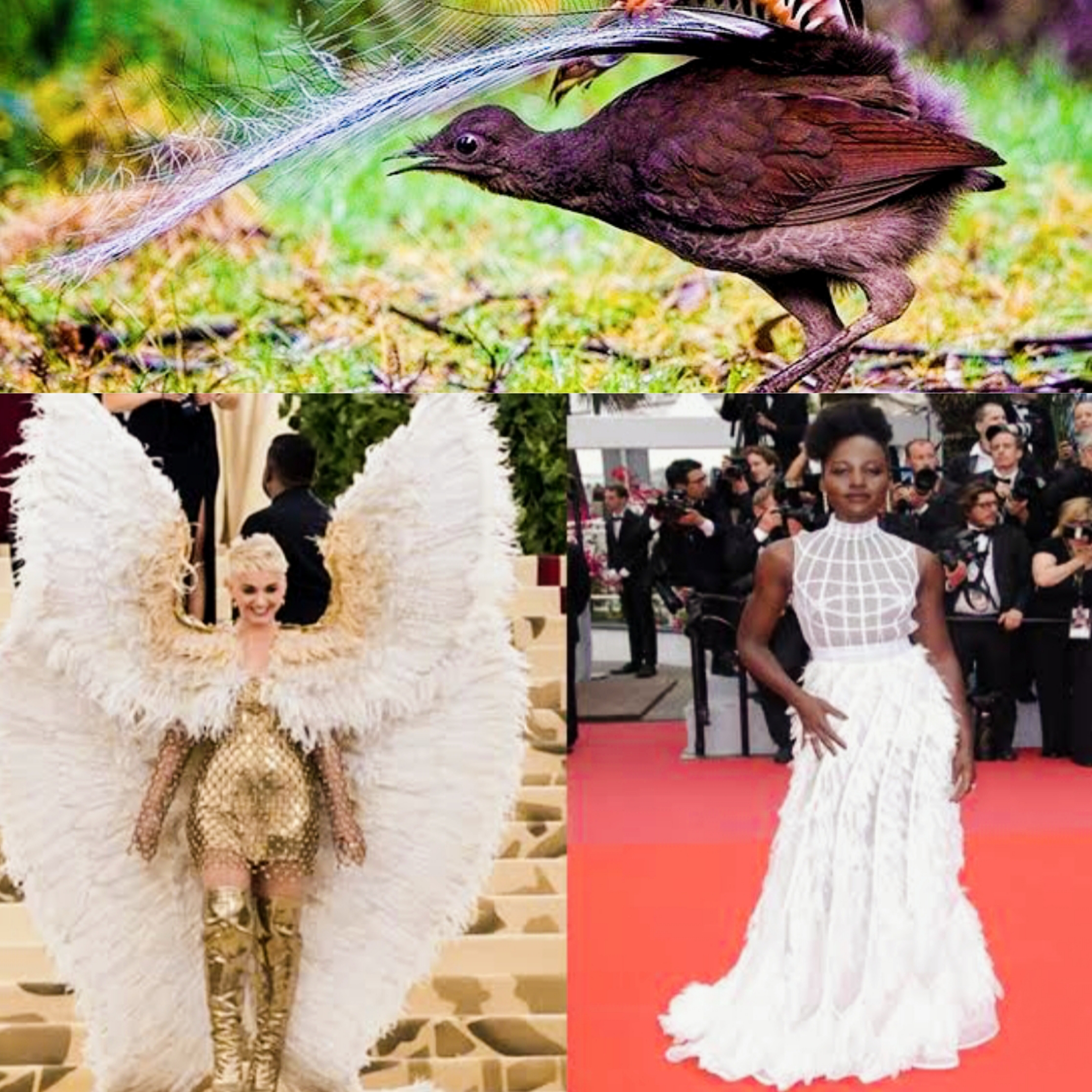Is Fashion Giving Up Bird Feathers? A Battle Between Beauty and Compassion

* When Will the Fashion Industry Give Up Bird Feathers?
This question has forcefully emerged during the recent fashion weeks in Europe, with the growing debate over the environmental and financial costs of using synthetic feathers compared to natural bird feathers.
While fashion sings in a world of elegance, there are those who scream in the background: "The birds are paying the price."
Despite progress in campaigns to ban the use of real feathers, which have resulted in bold decisions during fashion weeks in Berlin, Amsterdam, and Melbourne, major global fashion platforms in Paris, Milan, New York, and London still open their doors to natural feathers, raising many questions about the real reasons for not shifting to alternatives.
* Synthetic Feathers... A Distant Dream?
The main challenges to replacing natural feathers with plant-based or synthetic alternatives are the high costs and the slow pace of research and innovation in this field.
Many major fashion houses claim they lack the influence or financial resources to fully transition to alternative materials, while others risk bearing high costs in order to protect the environment and animals.
Environmental activists assert that plant-based alternatives can provide the same luxury without violating the lives of birds, demanding strict legislation to force these houses to completely abandon natural feathers, even if they are recycled or produced in designated farms.
* Millions of Birds Are Killed... And the Voice of Protest Grows Louder
Estimates indicate that 3.4 billion birds are killed or abused annually just to obtain feathers.
This shocking number was revealed by British fashion designer Stella McCartney, who leads a fierce campaign against the use of bird feathers, continuously posting calls on her Instagram account to boycott this type of material, stating:
"Often, the feathers of these birds are plucked while they are alive until they die."
And despite the success of some campaigns in exempting certain types of birds like herons and parrots from exploitation in fashion, ostrich, turkey, and duck feathers are still widely used, often in conditions that provoke criticism from animal protection organizations.
* From a Symbol of Luxury to an Ethical Dilemma
Feathers are not foreign to the world of fashion. For centuries, they have represented a symbol of elegance and luxury, especially in decorating women's hats.
Over time, they have become an essential element in fashion shows, swinging between art and luxury, reappearing with every wave of desire for distinction and striking appearances.
With the advent of the twentieth century, the increasing demand for feathers led to the commercial exploitation of wild birds, prompting the establishment of dedicated farms to produce feathers through technical means, in an attempt to mitigate environmental damage.
Today, several designers are trying to follow more ethical options by using reclaimed or harvested feathers without harming birds.
However, despite these efforts, fashion remains a prisoner of the allure of feathers, which, even if it sometimes fades, always returns with the creativity of designers, or even with songs, as Zizi Jeanmaire did in her famous song "My Feathers Caress You" in 1961, which brought bold feathers back to the forefront.
* Elegance... But at What Cost?
At a time when fashion is leaning towards simplicity and sustainability, feathers still retain their appeal as a bold and luxurious choice.
While some seek a liberated and joyful look, others believe that elegance should not come at the expense of voiceless beings.
Will we soon witness fashion shows completely free of natural feathers?
Or will the voice of fashion remain louder than the voice of nature?